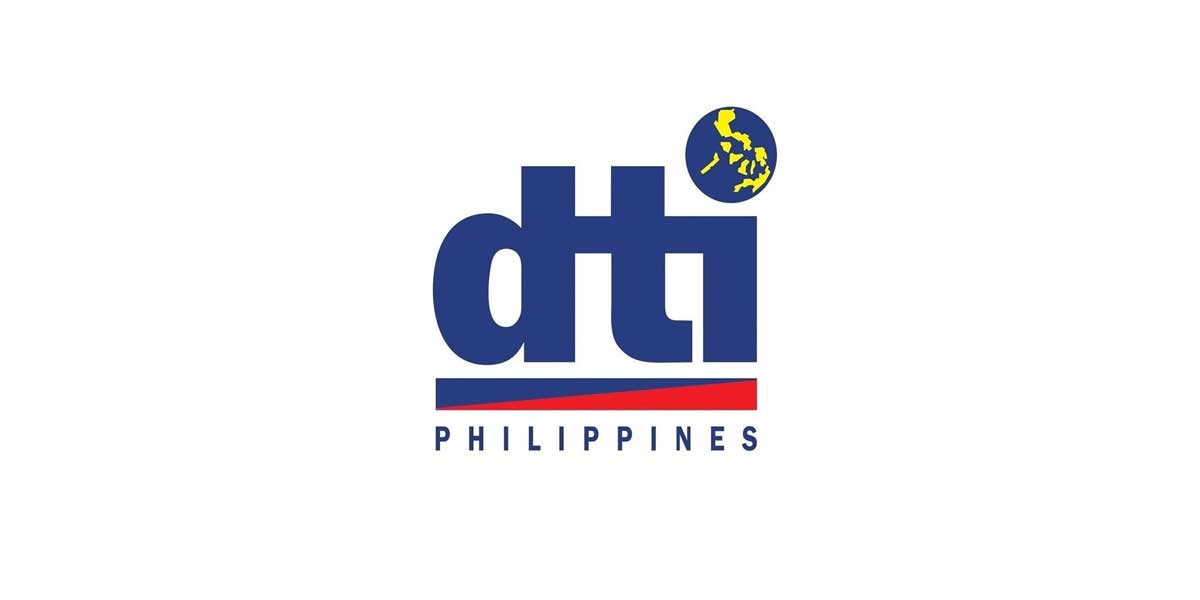By Prof. Enrique Soriano
Around this time in 2018, I received an urgent SMS from James (not his real name), a third-generation member of a highly successful family-owned trading business with operations in Asia. In his message, James requested me to urgently reserve a date two weeks ahead so they can arrange a flight for me to meet the entire family together with the company’s core executives vacationing in Canada for the holidays. In the text, he mentioned that the family wanted me to be physically present on the day that his father will officially announce his successor to his senior management team.
When I finally got to talk to James, he sounded excited and gleefully broke the news that his father announced over dinner that he was ready to relinquish control and passed the CEO role to him. And since the father deemed the event an urgent matter, it was incumbent upon me to involve the family in this delicate succession handover. “This is not a simple case of turning over the key to a buyer of a brand new car where the buyer can just jump in and drive. It is important that my children, especially James, understand their respective roles as they are stepping into my large shoes, the result of my more than four decades of hard work,” James quoted his father’s announcement to their family over dinner.
The first step in our playbook was to guide the father psychologically and operationally on what to expect during and after the handover. The next step was to educate James and other family members on their new roles. Lastly, it was critically important to be transparent to other stakeholders, so my team engaged the executives on how this succession will impact their roles, starting with the change in the reporting process. Certainly, there will be a lot of adjustments with James as the new CEO, but the most precarious event where the father will be stepping back should be given the most importance.
Many questions were then raised: What would be James’ scope of authority as the new CEO? Is he as decisive as his father? Is he a visionary or a technical leader? What would be the executives’ decision-making structure? Would they be directly reporting to James now that he will be occupying the role of the company’s CEO? Can they still report to the father? And, of course, clarifications and inquiries regarding the expected overlap between the functions and responsibilities of James and his father as they adjust to their new roles poured in because there is no doubt the father will continue to exhibit a patriarchal shadow in this life-changing event.
Despite all these handover constraints, overall, I was delighted as this succession journey took more than five years to finally realize its significance. I recall many times in the past where the father would one day agree to step down, then retract such a statement the following week, then agree again, then get cold feet, justifying his reluctance by enumerating all kinds of excuses, mostly his inability to share power with his children.
Even prior to the succession process, we also embarked on a discovery journey where family members crafted multiple agreements to institutionalize rules and regulate their behaviors, both active in the business and not. Those were tumultuous events as the family had difficulty accepting new regulations that effectively curtailed many of their entitlements. To fully embrace those covenants and sustain the gains, we went on to activate several governance councils. In total, it took us almost eight years to reach this point. As I was slowly winding down my engagement, I demonstrated to the father the need to empower the children, especially James, so they can train their sights and gain more experience in functional areas by giving them more significant responsibilities and making them more involved in critical decision-making, deal-making, strategy formulation, and effective leadership.






















